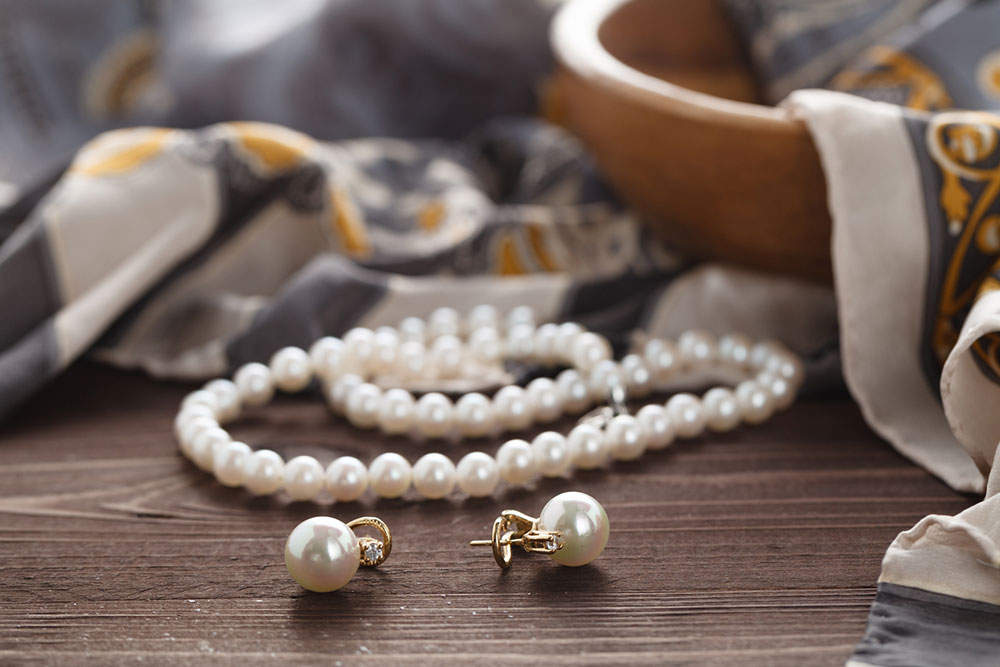4 common mistakes that can accidentally ruin jewelry

Jewelry is an important aspect of any outfit. Beyond how it enhances one’s appearance, a single piece of jewelry can effortlessly change the look from daytime to nighttime. Whether it’s a classic necklace or a delicate gold ring, earrings adorned with pearls, or crafted from platinum, every piece of jewelry and its respective material requires a certain level of maintenance. And some common mistakes, both in wearing and preserving jewelry, can accidentally ruin them.
4 mistakes that can accidentally ruin your jewelry
Always keeping the jewelry on
Prolonged jewelry wear can expose it to perfume, skincare products, and cleaning fluids. These products contain chemicals that can corrode metal or affect the gemstones’ brilliance over time. Similarly, keeping any pieces on while engaging in activities such as sports, gardening, or household chores increases the risk of damage like scratches and dents. Taking jewelry off during these activities can minimize the need for frequent repairs or replacements.
Putting on jewelry first while getting ready
Another mistake people make is putting on jewelry before changing clothes. Delicate chains or necklaces and finger rings run the risk of getting entangled in clothing, leading to breakage or deformation. To preserve one’s jewelry for a long time, it’s advisable to make it the finishing touch to one’s ensemble.
Wearing jewelry in water
Wearing jewelry while bathing, swimming, or even washing hands, increases the risk of water-related damage like corrosion, tarnishing, weakened gemstone setting, and dislodgement. Additionally, the risk of losing jewelry is heightened in aquatic environments, as water activities increase the chances of accidental slips or snags. So, it’s crucial to remove jewelry before immersing oneself in water to preserve its structural integrity and avoid any financial loss.
Employing improper DIY methods for cleaning
Jewelry naturally tarnishes over time and requires proper care for restoration. Using ineffective or counterproductive DIY cleaning methods, like scrubbing with toothpaste, soaking in lemon water or vinegar, or using baking soda, usually does more harm than help. So, one is advised to follow the manufacturer’s cleaning instructions for optimal results. Alternatively, one can also use designated cleaning products, like solutions, jewelry polishing cloth, wipes, or foams, designed for various jewelry materials to extend the longevity of the precious pieces.



